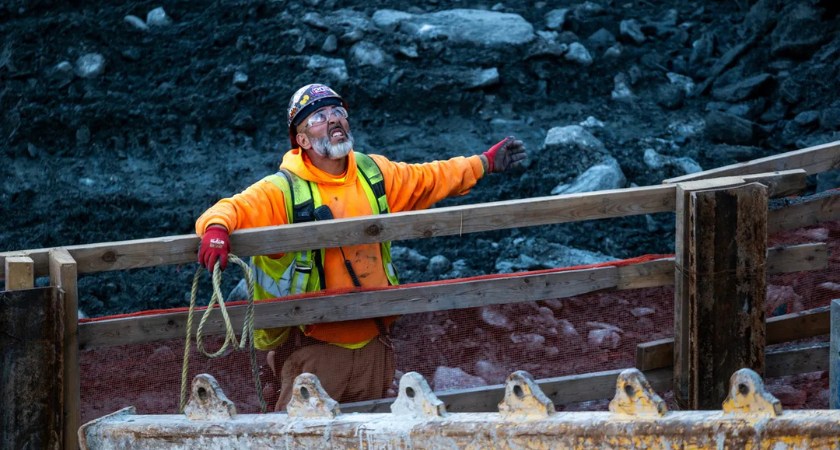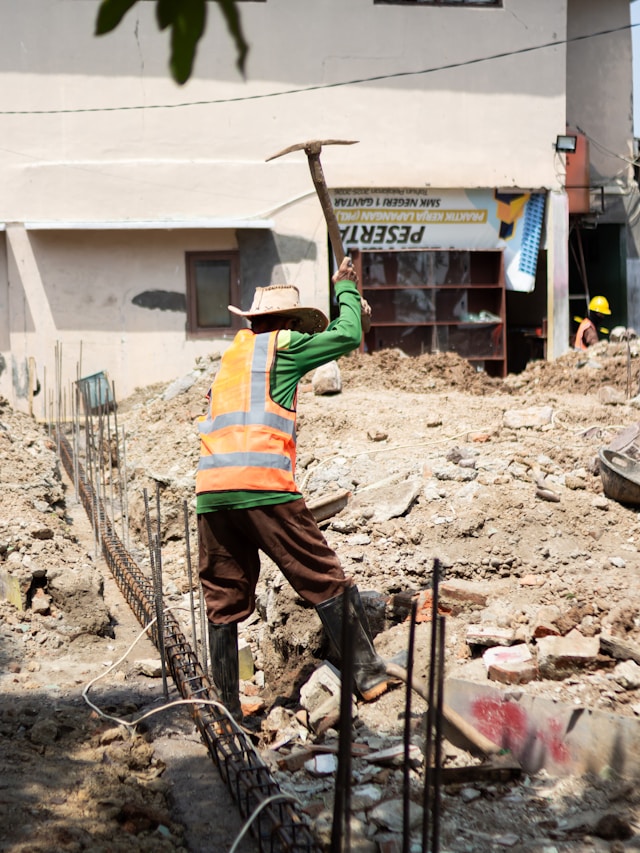
Contractors got a dose of relief in September as overall project stress across the U.S. construction sector eased for the third straight month. Yet, the outlook for public projects remains clouded by funding uncertainty and federal budget disruptions, according to new data from Cincinnati-based ConstructConnect.
.png)
The firm’s Project Stress Index, which measures the share of construction projects delayed, abandoned, or placed on hold, fell by 0.6% from August to September, marking continued improvement since midyear volatility. That brings overall stress to just 4% above 2021 baseline levels, said Devin Bell, associate economist at ConstructConnect.
“Bid date delays and abandonments improved measurably over the month, though they were mostly offset by growth in on-hold activity,” Bell told Construction Dive. “The downward trend in the index has persisted through economic and labor uncertainty, though recent activity may be benefitting from a change in interest rate outlooks.”
The September decline follows several months of turbulence tied to tariff changes, high material costs, and tightening labor markets.
The data paints a relatively strong picture for private construction, which continues to show resilience even amid a shifting economic environment.
Private project abandonments dropped 8% year over year, while on-hold activity plunged 54.5% compared to September 2024 — suggesting that developers are pushing ahead despite elevated costs and lingering inflationary pressures.
“Private sector abandonment activity increased following Liberation Day tariffs in April, then declined over the following months,” Bell said. “As private activity normalized, public sector abandonments rose rapidly, peaking in August before falling this month.”
Those “Liberation Day tariffs,” introduced by President Donald Trump earlier this year, initially jolted construction markets by raising costs for steel, aluminum, and critical imported materials. But Bell noted that the private sector has since adapted, stabilizing as firms adjust procurement strategies and absorb price changes.
The public sector, however, is facing more headwinds. The report found that public project abandonments rose 16.7% year over year, while projects placed on hold climbed 5.8% in September. Bell attributed the uptick to federal funding disruptions, particularly cuts to education and municipal construction programs.
“Public and private sector abandonments have followed staggered patterns this year, each experiencing spikes followed by partial recoveries,” Bell said. “Private sector abandonments responded to material cost uncertainty following the Liberation Day tariffs, while public projects have faced disruptions, including the pause on the Infrastructure Investment and Jobs Act.”
That “pause” has created a ripple effect across infrastructure-heavy regions that rely on federal dollars to maintain continuity. And with the Oct. 1 government shutdown still ongoing, the data — which only runs through the end of September — does not yet reflect the latest wave of stalled or suspended projects.

Economists warn that public-sector weakness could intensify if the shutdown persists, potentially delaying Infrastructure Investment and Jobs Act (IIJA) allocations and federal grant disbursements for months.
Federal funding is just one layer of the problem. Broader economic headwinds continue to squeeze contractors across both sectors.
According to the Associated Builders and Contractors (ABC), one in four contractors report project delays or cancellations linked to the tariffs, while nearly half of firms cite skilled labor shortages as their biggest obstacle, based on an August 28 survey by the Associated General Contractors of America (AGC) and the National Center for Construction Education and Research (NCCER).
“Those funding issues and high costs will challenge project viability,” Bell added. “For that reason, activity may slow until a more favorable outlook emerges.”
Still, analysts note that interest rate stability, along with slowing inflation, could help stabilize bid pipelines by late 2025. If public spending resumes after the shutdown, deferred projects may move forward in early 2026, creating a short-term surge in backlog demand.
Project stress fell 0.6% in September, the third month of decline.
Private construction remains strong, with abandonments down 8% YoY.
Public projects are struggling — abandonments up 16.7% YoY amid funding disruptions.
Government shutdown impacts not yet captured in September data.
Labor shortages and tariffs continue to constrain momentum.
Originally reported by Sebastian Obando in Construction Dive.